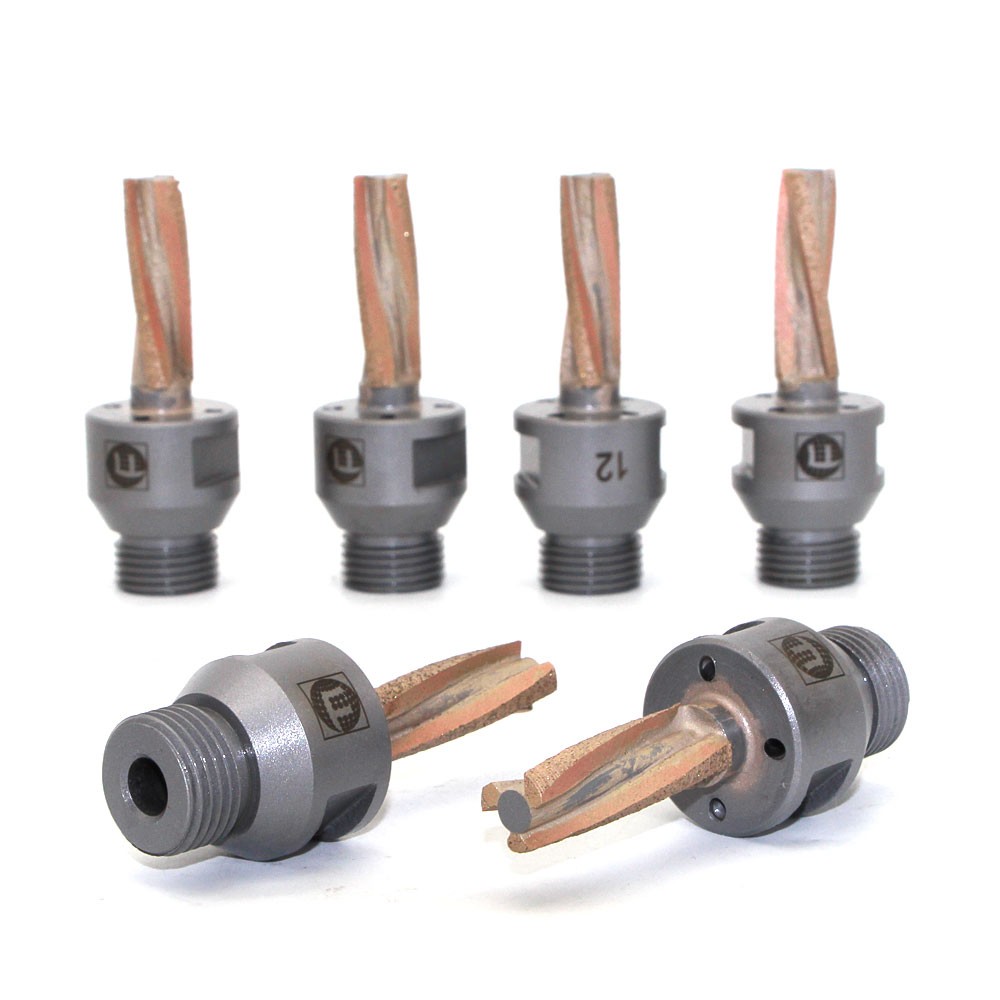
Diamond saw blades are generally used for cutting concrete, asphalt, brick, block, stone, tile, ceramic, porcelain and other similar materials. Saw blades are commonly used by contractors or owners for DIY(do-it-yourself) projects, home improvement, repair, building construction and restoration.
There are many kinds of saw blades designed for different cutting materials. When choosing your diamond blade, it is very important to know the material. Choosing the wrong saw blade cutting application will result in poor performance, premature wear and possible damage to the saw blade, saw blade or operator.
Diamond blades are designed according to the abrasive properties of different cutting materials and the hardness of the material to be cut. For soft abrasives like asphalt, you need a special asphalt saw blade. These bituminous diamond blades often have wider U-shaped notches (gaps between segments) to help remove mud (abrasive residues from the cutting process) more quickly and prevent premature wear below the segments. Premature wear down the section is known as "downcutting" and can result in section loss of the diamond blade.
To prevent cutting, asphalt blades usually have a drop section (multiple higher sections to disperse mud from the section support) or a number of grooves between small carbide or diamond blades. Another important reason for choosing the right blade to cut asphalt is that the diamond blade is bonded.
The diamond blades used to cut concrete are the exact opposite of asphalt blades. They have narrow keyway-like segments for smoother cutting of hard materials. Since cured concrete is a hard material, diamond blades will need a soft bond for a faster rate of wear. If the bonding is too hard for the material you are cutting, the diamond will become smooth. Polishing a diamond can make a diamond blade effective or stop cutting altogether, and more importantly, it can cause damage to you, your equipment, or the blade itself.
There are several ways to avoid this by checking the blade frequently to make sure it still feels rough. This ensures that sharp diamonds are exposed to the cutting surface and that everything works properly. If the part feels smooth, then you should use a softer adhesive for your cutting material, which means the part should wear down faster, allowing the new diamond to be exposed faster and allowing the worn diamond to fall off.
If you take a shortcut on a softer abrasive material, it will "sharpen" the blade by quickly wearing out parts. However, it is recommended that you use a different blade rather than trying to reuse the current blade, as the same situation can occur.
Diamond blades are commonly used in gas-powered high-speed cutting saws, hand-held electric Angle grinders, step-back floor saws, table saws and track saws.
Some diamond blades have very specific uses, such as concave diamond blades cutting curves or flanged Pointers for removing old mortar to repair brick walls.
Other similar diamond tools are core drills and cup wheels for concrete.
A coring bit is a long tube with a diamond segment at the tip used to drill concrete, stone, or other masonry materials. Be sure to select the correct dry or wet cutting core bit for your cutting equipment.
The cup wheel is a cup-shaped grinding wheel with diamond flakes for grinding or polishing concrete and stone. There are various types of sectional designs depending on the finishing required.
To remove concrete quickly, you should use turbine sections or double rows of grinding cups. To achieve a smoother finish, you should use a full turbine grinding cup with maximum surface area.
Always remember to wear appropriate safety equipment to protect yourself and ensure a well-ventilated work space to avoid breathing harmful airborne dust from cutting materials. Be sure to maintain your cutting equipment and check it regularly to ensure fast cutting and proper distribution of water flow.

